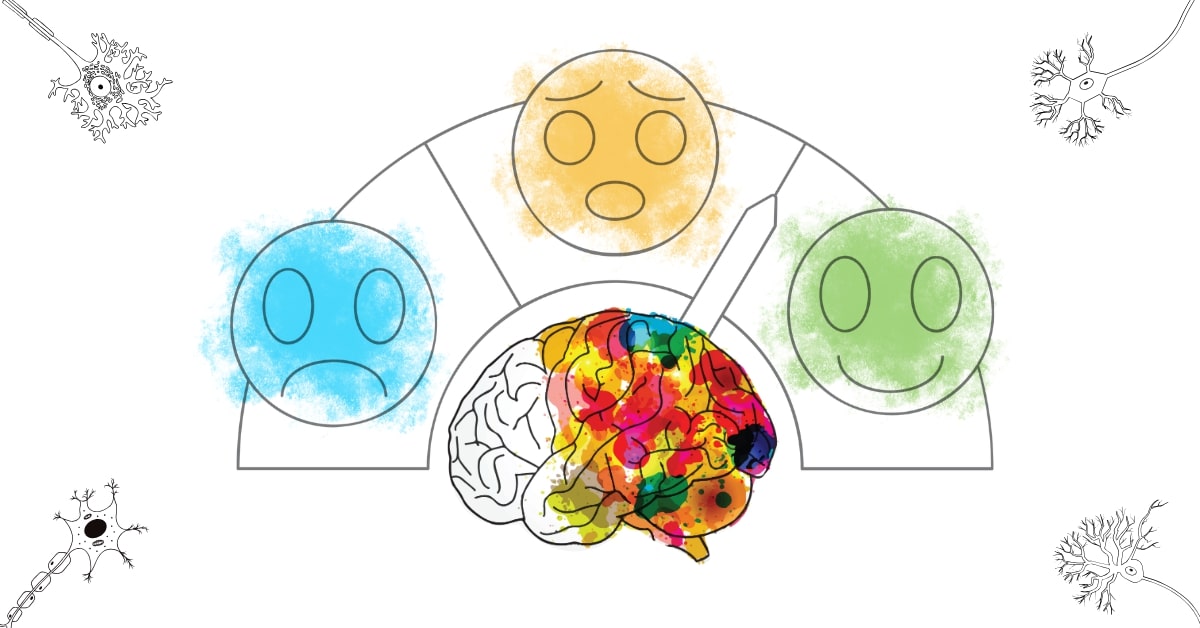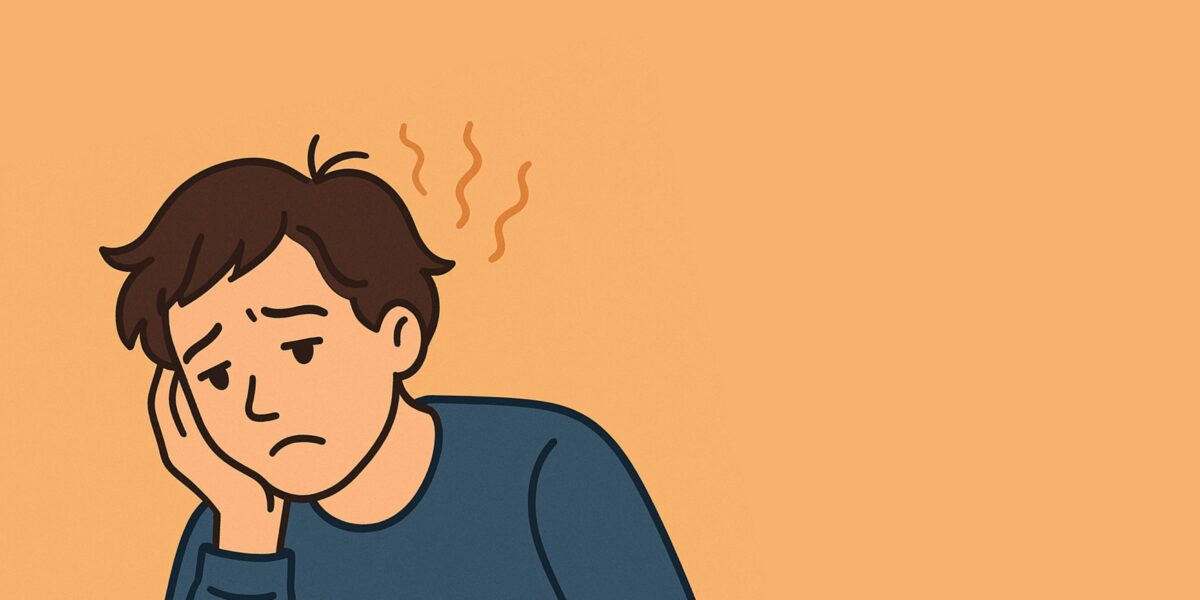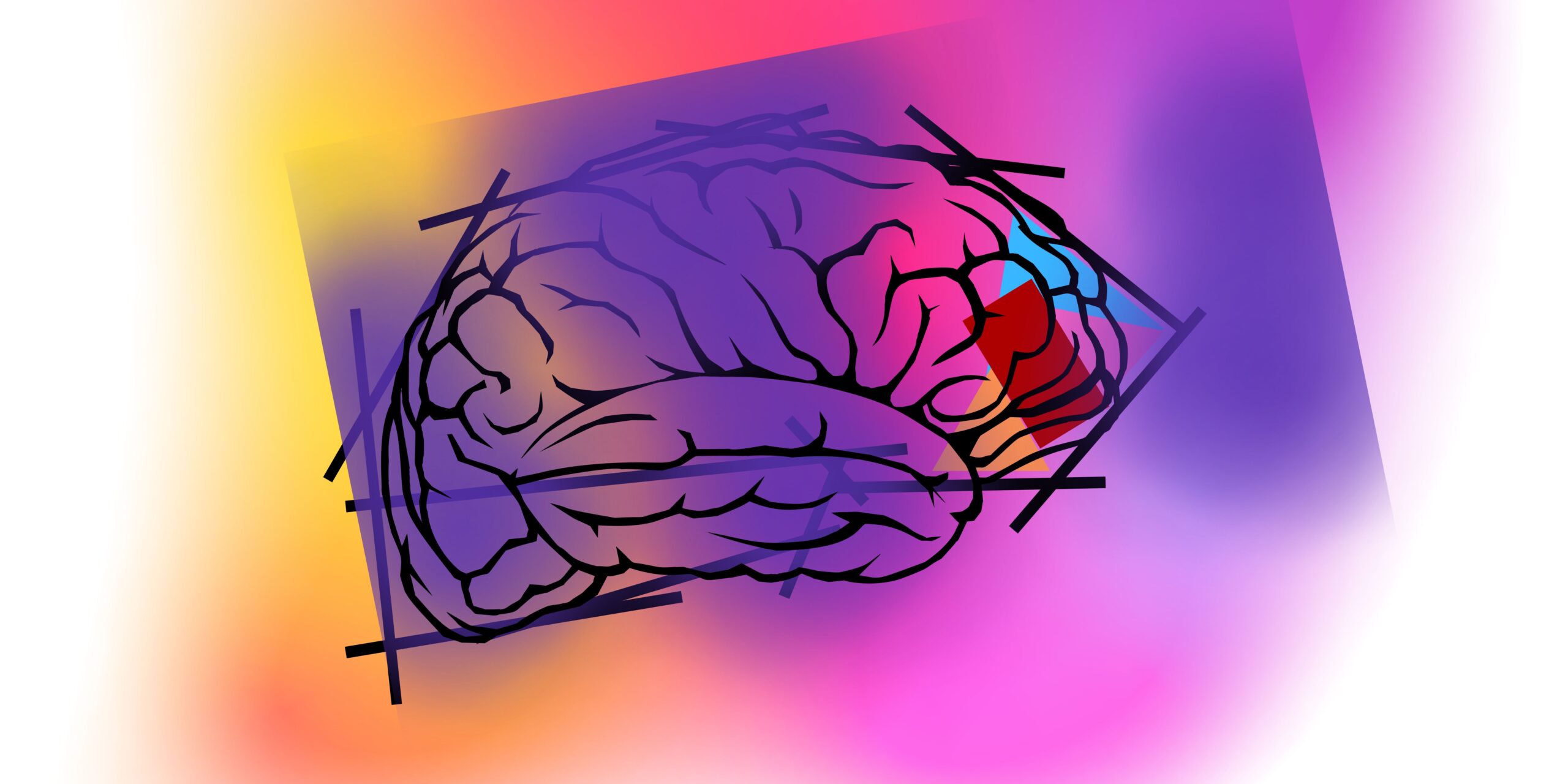When Your Brain’s in All Caps My phone’s blowing up. My brain won’t shut up. And don’t even ask me what’s for dinner, I might cry. Sound familiar? Yeah, same. Whether it’s the group chat chaos, that one unread email from a week ago, or just existing in a world that moves at 1000 tabs […]









